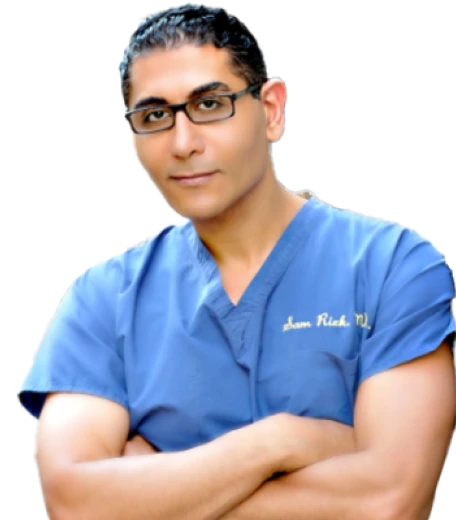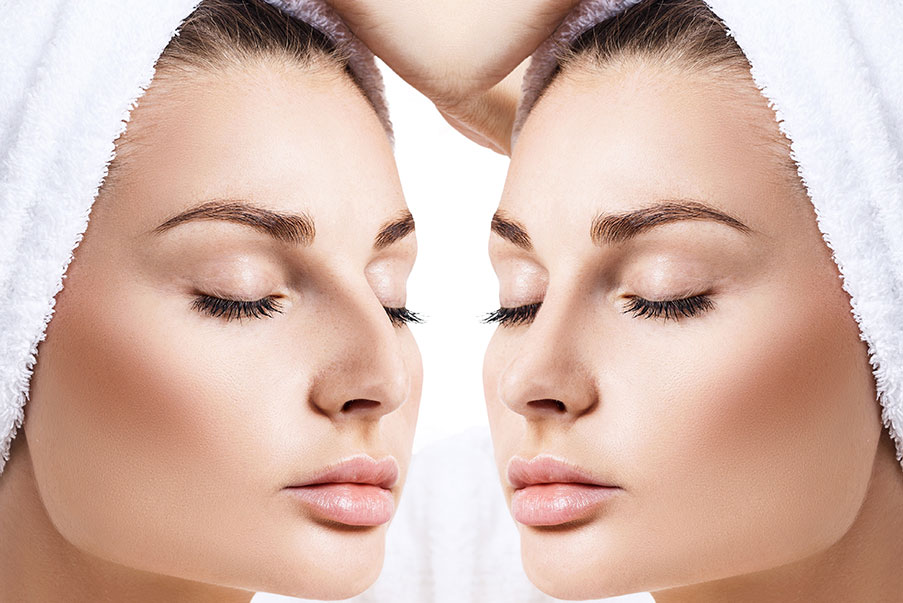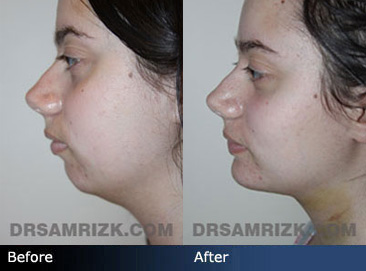If you have noticed lines, wrinkles or folds developing on your face, you may be wondering if you should have a facelift. The answer to this question depends on the degree of aging, your age, and other factors. This article will answer some of the most important questions regarding the advantages and disadvantages of having an early facelift.
How Early Is Too Early to Have a Facelift?
There is such a thing as having a facelift too early. Unless you have substantial skin laxity at a young age, it’s not a good idea to have a facelift to prevent future skin aging. The more surgery you have, the higher the risk of a mistake being made, or of you ending up looking “over-done.” No matter what your age, it’s a good idea to hold off on having a facelift until you are showing certain signs of aging in the face.
If you are in your 20s or 30s, you can probably benefit just as much from facial rejuvenation procedures that are far less invasive than a facelift. Fillers can be used to fill in wrinkles and creases, toxins such as Botox can paralyze the muscles that cause wrinkles, and lasers are effective at addressing moderate sun damage. These procedures are temporary but are very effective at addressing moderate signs of aging. They last a few months to a couple of years, depending on the treatment.
When Should You Consider a Facelift?
A facelift is advisable when less-invasive facial rejuvenation methods no longer suffice. Most people start to notice signs of aging in their late 30s or early 40s, as lines and skin folds begin to develop, and the face begins to lose volume as a result of fat loss. This is not to say that you should have a facelift at this stage; in fact, less-invasive alternatives are usually your best bet at this stage.
But as these aging signs become more pronounced — for most people this occurs in their late 40s to late 50s — a facelift may be appropriate. The type of facelift Dr. Rizk will recommend (i.e., a full facelift, mid-facelift or lower facelift) will depend on the degree of aging.
It is important to note that younger patients are generally healthier and recover from surgery quicker. They are also more apt to be socially active. For these and other reasons, it is sometimes a better idea to have the surgery in one’s 50s as opposed to later in life.
Is There an Optimal Age For Facelift?
Though most people who have facelift are in their 40s to 60s, there isn’t really an “optimal age” to have the procedure. It depends on your individual circumstances. The more important factor is that you have facial aging changes can be effectively addressed with a facelift.
Younger patients can often benefit from a less invasive procedure. Many patients begin with facial fillers in their early 40s, as signs of facial aging begin to appear, and have a facelift later in life. But if you are experiencing changes to the lower face, such as the development of jowls or a saggy neck, these changes are better addressed with a surgical facelift.
In some cases, another procedure such as neck lift, brow lift or liposuction may be more effective than a facelift.
Why Choose Dr. Rizk?
Dr. Rizk is a highly-skilled, meticulous facial plastic surgeon who takes every precaution to ensure the safety and comfort of his facelift patients. To accomplish this and to ensure that his patients have optimal results, he utilizes state-of-the-art equipment and complex surgical techniques, which provide for more precision with less downtime.
Dr. Rizk specializes in facial plastic surgery, with a particular focus on facelift and rhinoplasty. He has a recognized track record of excellence in facelift procedures, including highly complicated cases as well as revision procedures. He performs facelifts on a regular basis, which ensures that he is able to keep his skills in tune.
Each patient has a unique facial anatomy and circumstances. To determine if you are a good candidate for a facelift, please schedule an appointment with Dr. Rizk so that he can evaluate you.















